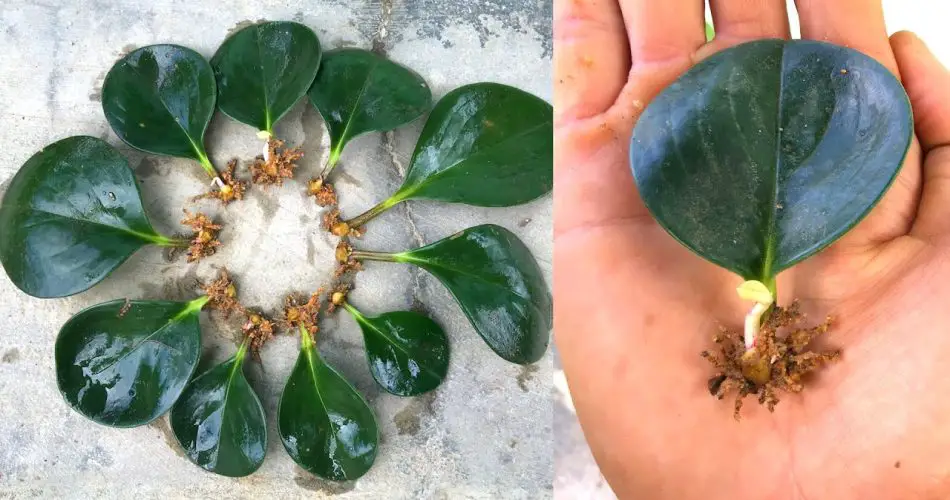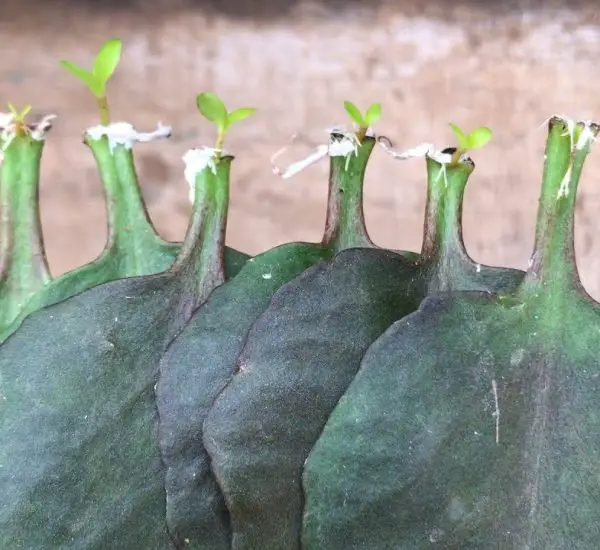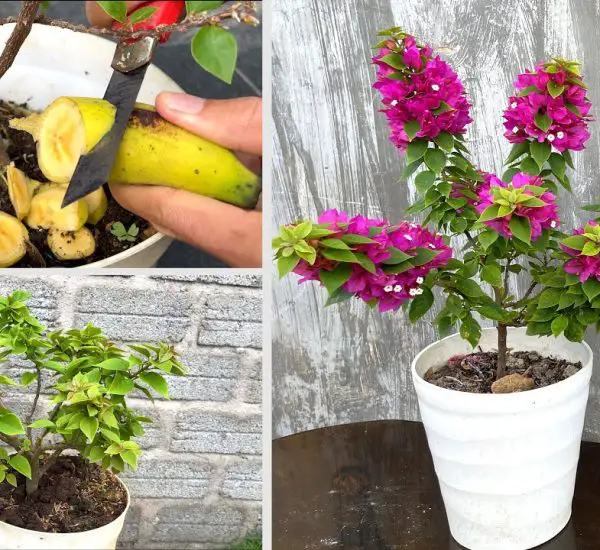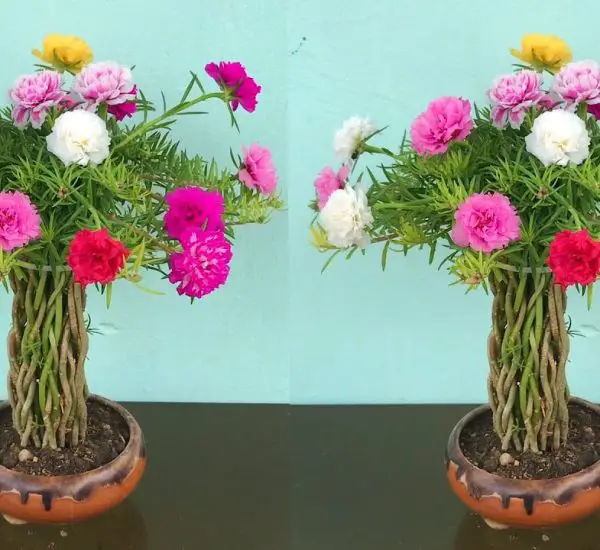If you’re looking for a low-maintenance, resilient indoor plant, the Baby Rubber Plant (Peperomia obtusifolia) is a fantastic option. Known for its succulent-like leaves and vigorous growth, this plant is virtually “immortal” with the right care. It’s an ideal choice for both beginners and seasoned plant lovers. In this article, we’ll explore how the roots and shoots of the Baby Rubber Plant thrive, ensuring it continues to grow and flourish indoors.
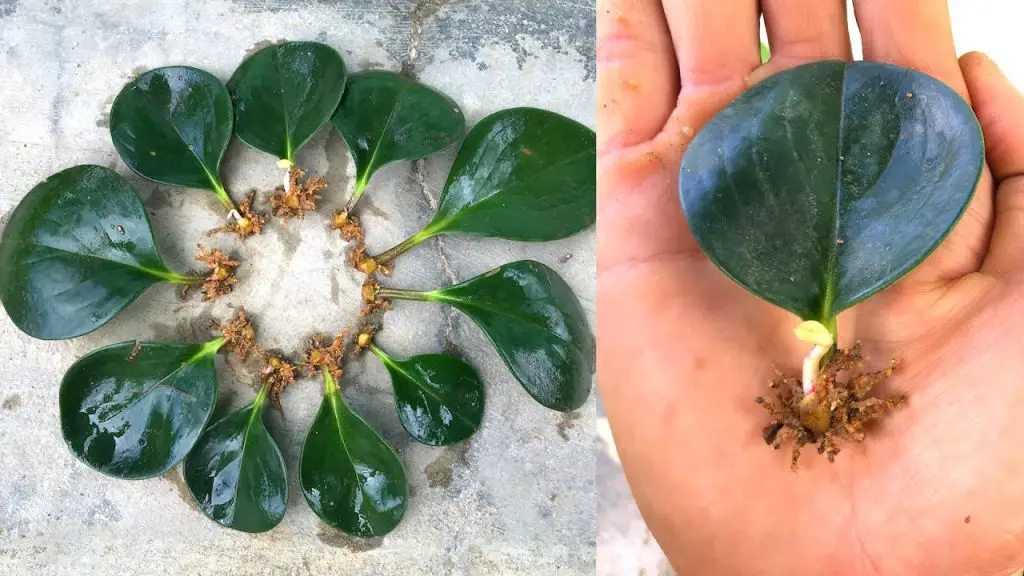
What is the Baby Rubber Plant?
The Baby Rubber Plant, also called Peperomia obtusifolia, is a tropical perennial native to Central and South America. It’s popular for its succulent appearance, with glossy, oval-shaped leaves that grow in a dense, compact rosette. Though it’s often confused with the Rubber Tree (Ficus elastica), the Baby Rubber Plant is much smaller, making it a perfect fit for indoor spaces.
Its name comes from its thick, rubbery leaves, which store moisture, making it an excellent choice for people who might sometimes forget to water their plants. The immortal quality of this plant refers to its resilience and ability to thrive in various conditions, making it a hardy and long-lasting indoor companion.
Roots and Shoots: The Key to Growth
The growth of the Baby Rubber Plant is centered around the development of strong roots and shoots. Both of these elements contribute to its overall health and ability to keep thriving for years.
Roots: How They Support the Plant’s Growth
The roots of the Baby Rubber Plant are responsible for absorbing nutrients and water from the soil, helping the plant grow and remain healthy. These roots are quite flexible and resilient, allowing the plant to recover from minor neglect or changes in its environment. Here’s what you need to know about the plant’s root system:
- Root Health: Baby Rubber Plants have a shallow root system that spreads out to absorb water efficiently. It’s important to avoid overwatering, as this can cause root rot. Ensure the soil is well-draining and the pot has proper drainage holes to keep the roots healthy.
- Propagation by Roots: The Baby Rubber Plant is an excellent choice for propagation through root cuttings. Simply cut a healthy stem with a few root nodes and place it in water or moist soil to develop new roots.
- Soil and Potting: Use a light, well-draining mix, such as peat, perlite, and pine bark, to ensure the roots aren’t waterlogged. Repot your Baby Rubber Plant every couple of years to refresh the soil and allow the roots more space to grow.
Shoots: The Key to Creating New Growth
Shoots refer to the young, tender stems that emerge from the base of the plant or from the root system itself. These shoots are responsible for new leaf production and expanding the size of the plant. The Baby Rubber Plant has a relatively slow growth rate but can still develop impressive new shoots if cared for properly. Here’s how to encourage healthy shoots:
- Light and Temperature: Baby Rubber Plants thrive in bright, indirect light. Too much direct sunlight can cause the leaves to scorch, while too little light can stunt the growth of new shoots. The ideal temperature for optimal growth is 60–80°F (15–27°C). Avoid placing your plant in areas that experience drafts or sudden temperature changes.
- Pruning: To encourage bushier growth and more shoots, prune your Baby Rubber Plant occasionally. Cut back leggy stems just above a node, and new shoots will emerge from the cut area, making the plant appear fuller. Pruning also helps prevent the plant from becoming too top-heavy.
- Watering and Humidity: Baby Rubber Plants prefer moderate humidity levels, though they are relatively tolerant of dry air. However, during the growing season (spring and summer), providing a bit more humidity can promote healthy shoot growth. Use a humidifier, or place the pot on a tray of pebbles and water to increase moisture around the plant.
Caring for Your Baby Rubber Plant
To ensure that both the roots and shoots of your Baby Rubber Plant remain healthy, here are some essential care tips:
- Watering: Baby Rubber Plants don’t require frequent watering. Water only when the top 1–2 inches of soil are dry. Overwatering can lead to root rot, so always allow the top layer of soil to dry out between waterings.
- Fertilization: Feed your plant once a month during the growing season (spring and summer) with a balanced, water-soluble fertilizer. Reduce fertilization in the fall and winter when the plant’s growth slows down.
- Repotting: As the plant grows, it may outgrow its pot. Repot your Baby Rubber Plant every 2–3 years to allow for better root expansion. Be sure to choose a pot that is 1–2 inches larger in diameter than the current one to provide enough space for the roots to spread.
- Pests and Diseases: While generally pest-resistant, Baby Rubber Plants can sometimes be affected by mealybugs, aphids, or fungal diseases if the conditions are not ideal. Check your plant regularly for any signs of pests or mold, and treat them promptly with natural insecticidal soap or neem oil.
Propagating Your Baby Rubber Plant
One of the easiest ways to grow more Baby Rubber Plants is through stem cuttings. Here’s how you can propagate the plant using its shoots:
- Select a healthy stem with at least two or three leaves. Cut the stem just below a node using a clean, sharp knife.
- Place the cutting in a container of water. Change the water every few days, and within a couple of weeks, you should start to see roots forming.
- Once the roots are about an inch long, you can transplant the cutting into a small pot with well-draining soil.
- Keep the cutting in a warm, bright location, but out of direct sunlight, and it will begin to grow into a new Baby Rubber Plant.
Why the Baby Rubber Plant is Perfect for Your Home
The Baby Rubber Plant is the ideal indoor companion for a variety of reasons:
- Low-maintenance: It doesn’t require frequent watering and can tolerate dry air, making it a perfect plant for homes and offices.
- Resilient growth: With proper care, this plant can grow for years, producing new shoots and roots that ensure its longevity.
- Compact size: Unlike larger plants, the Baby Rubber Plant is small enough to fit comfortably on shelves, windowsills, or desks.
- Air-purifying qualities: Like many other indoor plants, the Baby Rubber Plant is known for helping to purify the air by absorbing toxins and releasing oxygen.
Conclusion: The Immortal Baby Rubber Plant
The Baby Rubber Plant is a wonderful addition to any indoor space. Its roots and shoots make it a plant that will continue to grow and thrive with minimal care. Whether you propagate it through cuttings or let it grow naturally, this resilient plant will reward you with lush, green foliage and a touch of tropical beauty. By following these simple care tips, you’ll enjoy a healthy, happy Baby Rubber Plant that can last for years to come.
